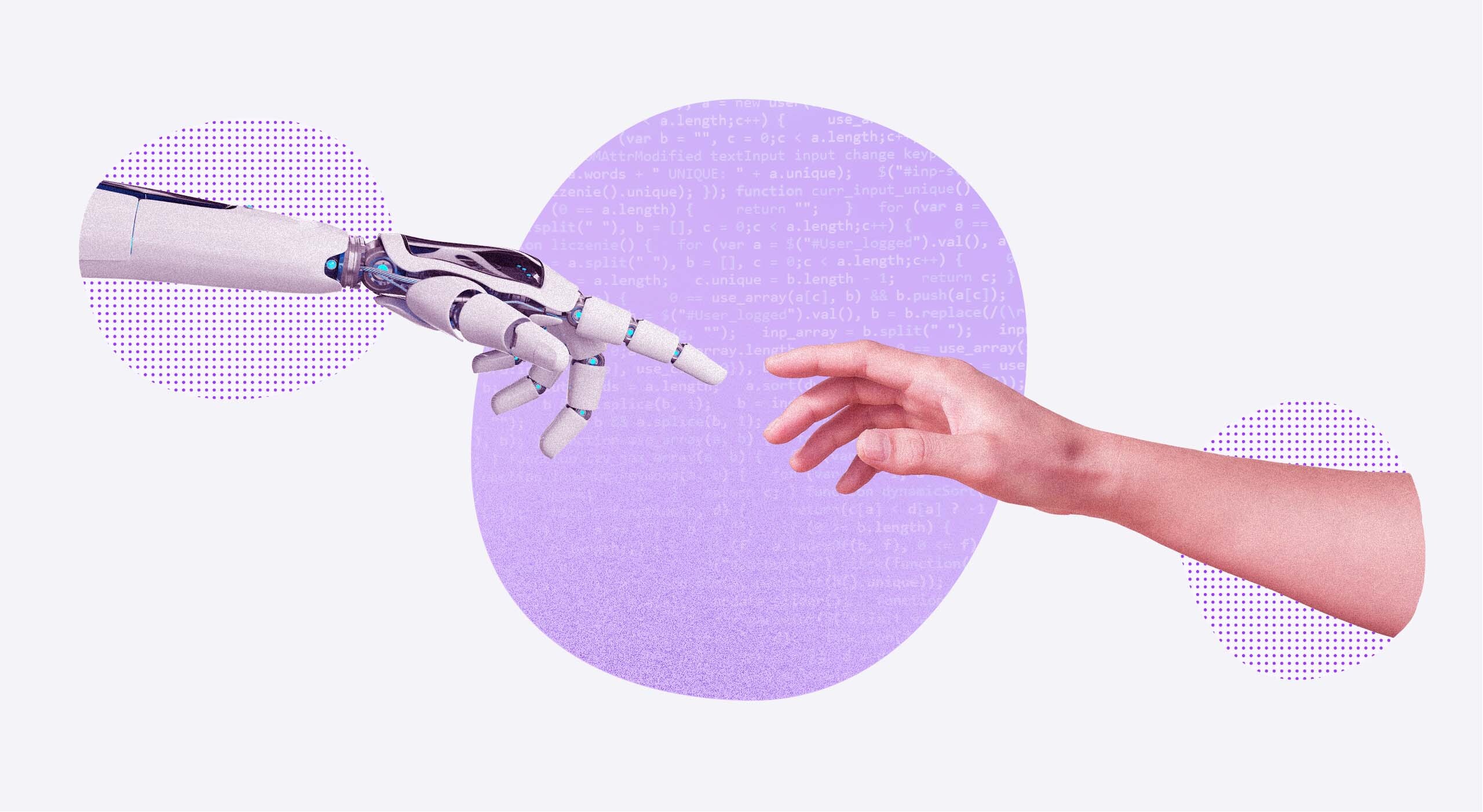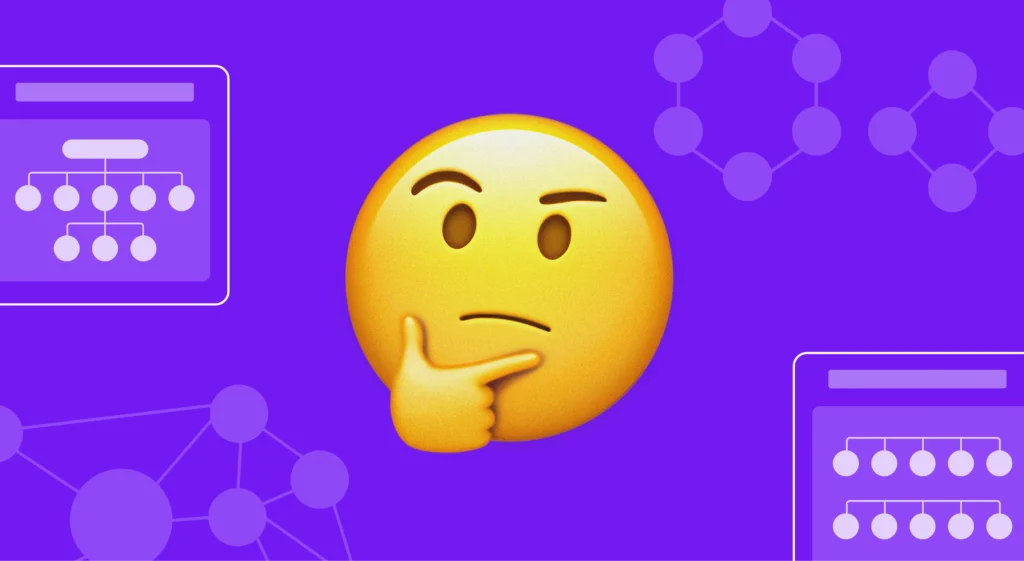How software engineering leaders must prepare for a future shaped by generative AI
It’s been just over six months since OpenAI launched ChatGPT and changed the way we think about work and innovation. In that time, businesses and entrepreneurs have drawn lines in the sand — choosing to embrace or shun the new technology. Companies like Snap and Expedia have deployed ChatGPT to power search tools and chatbots. Apple and JPMorgan have banned or heavily restricted the use of generative AI due to confidentiality fears.
As business and technology leaders decide what to do with generative AI, one thing is certain: if you don’t lead the organization to adopt this new system, the system will end up leading you. The leader of the future must understand the future, instead of waiting to see which approach is proven right or wrong.For engineers, generative AI will change the game forever. Tools like ChatGPT, DALL-E and Copilot represent a massive disruption to how software products are designed, built and sold. Engineering leaders need to figure out quickly how to leverage this innovation, otherwise they will end up being managed themselves.
New expectations for engineers
While AI will make software engineering more efficient, it will also make the process more chaotic and challenging to understand and manage. We’re facing massive, exponential increases in the scope and speed of engineering projects. The developers of tomorrow will spend less time on authorship and more time on review, direction and orchestration. This doesn’t just impact the way engineers spend their time at work; it will also dictate which skill sets we need to prioritize when recruiting and training staff.
Our new world with generative AI is a world where repetition won’t be tolerated.
As the world rapidly adapts to take advantage of generative AI, engineering leaders will need to bring focus to the conversation and determine how we can move on completely from repetition and focus on the creativity and innovation that will drive long-term success.
Best practices for engineering’s AI evolution
A recent Productboard survey found that 90% of VC-backed companies are currently allocating resources to developing an AI feature, and 64% plan to launch by the end of 2023. Engineering leaders can stay ahead of the technology evolution and make these initiatives a success by following these four best practices:
- Hunt down and eliminate repetition: We know now that there are many, many tasks robots can do more quickly and more effectively than humans. Generative AI has proven to be extremely effective at tasks with boilerplate code like sales engineering and professional services, not to mention tedious work like documentation. Will this be disruptive and painful for many teams? Of course. But the organizations that are willing to accept reality and rip the band-aid off now will race ahead of their more careful competition. AI must be used to eliminate repetitive work and free up human talent to focus on innovation.
- Move on from guesswork: In our world of big data and instant analysis, there’s no more room or time for guesswork. Generative AI introduces an overwhelming degree of complexity to engineering; instead of making guesses to fill in the gaps, we need to focus on finding the right direction in tremendous levels of detail. Here’s the good news: large datasets and AI-backed analyses will allow us to always see and understand the “why” behind every choice and strategy, helping to build trust in decision-making and the organization as a whole.
- Focus on efficiency and impact: Until very recently, tech companies were living and working in a world focused on scaling by any means necessary. But in our new economic environment, we need to concentrate on efficiency and making the most out of highly constrained resources. In this case, AI is a double-edged sword. Data can clearly and brutally reveal where processes can be automated and where resources are being misspent or wasted. At the same time, AI will make the task of analyzing efficiency more complicated and unfamiliar. Companies who can figure out how to make the best use of this tool will be able to increase efficiency, demonstrate impact, and save money.
- Commit to creativity: Generative AI may be a new technology, but there’s nothing new about our approach to using it. 3M drove a revolution in their industry with the 15% rule, encouraging employees to spend 15% of their time thinking creatively and dreaming about the next big solution. If we embrace AI to eliminate repetition, we can use that time to focus on things that have never been done before. Generative AI doesn’t just generate code and content. It can also generate the time, room, and headspace needed for human talent to get creative. Bring it.







